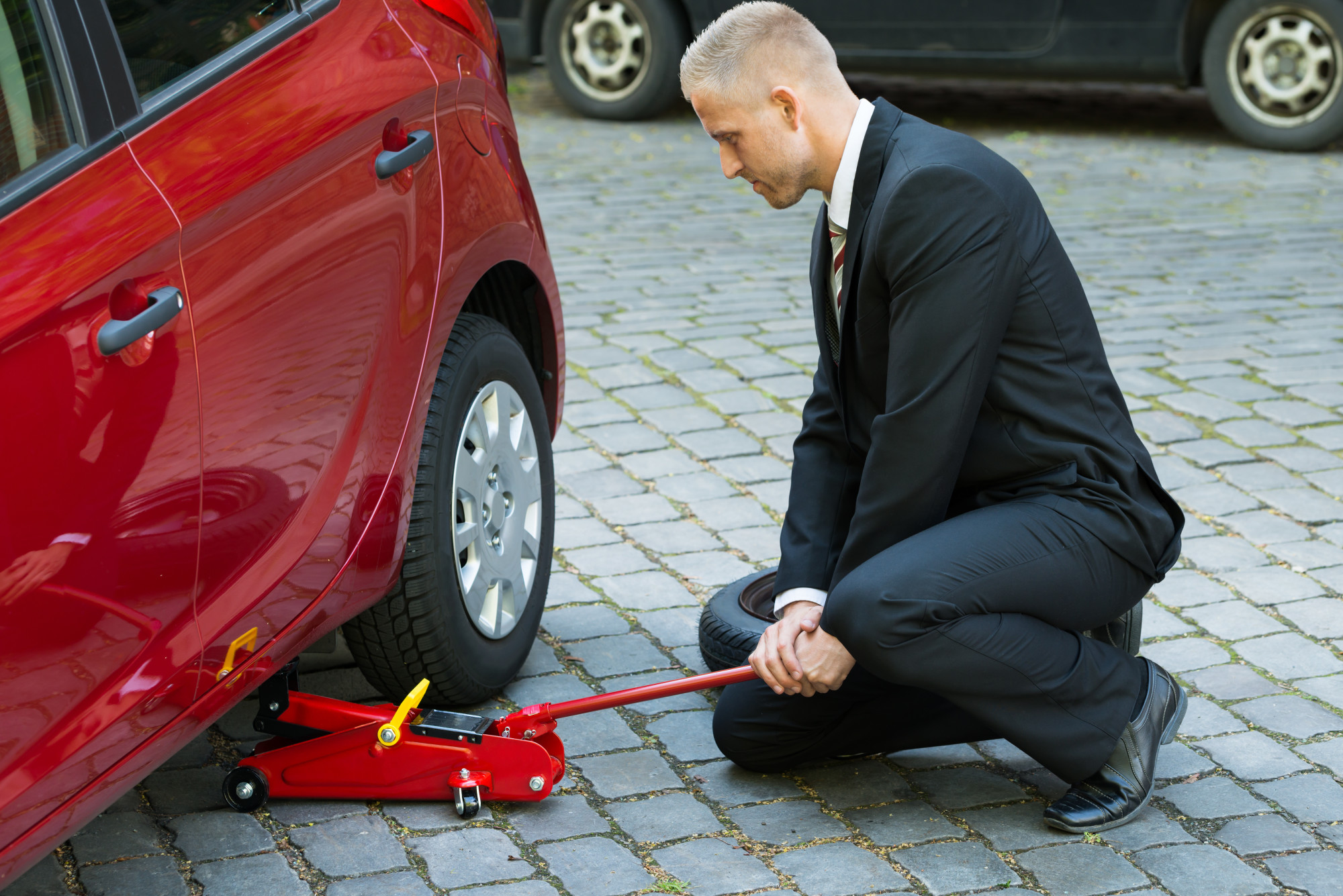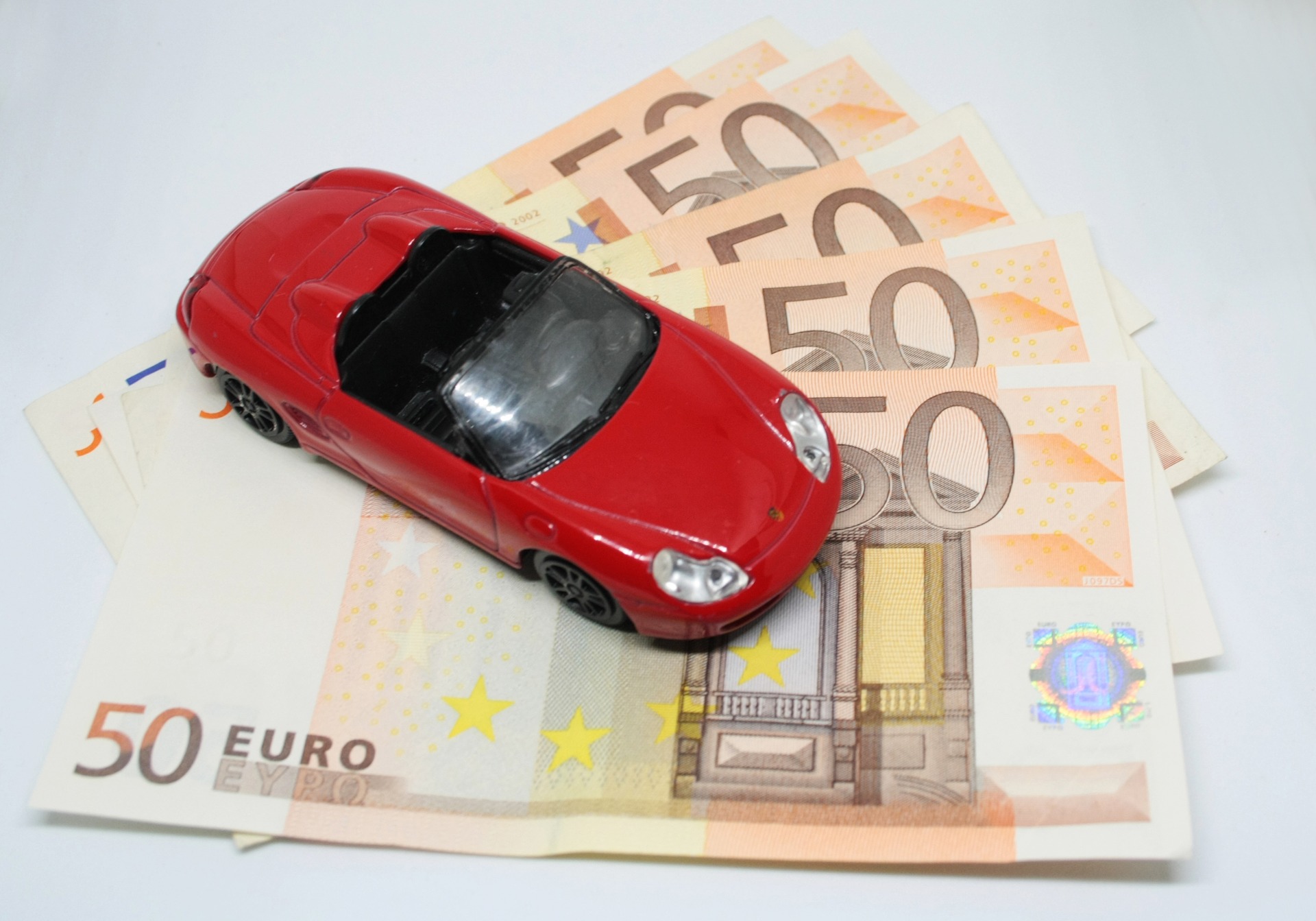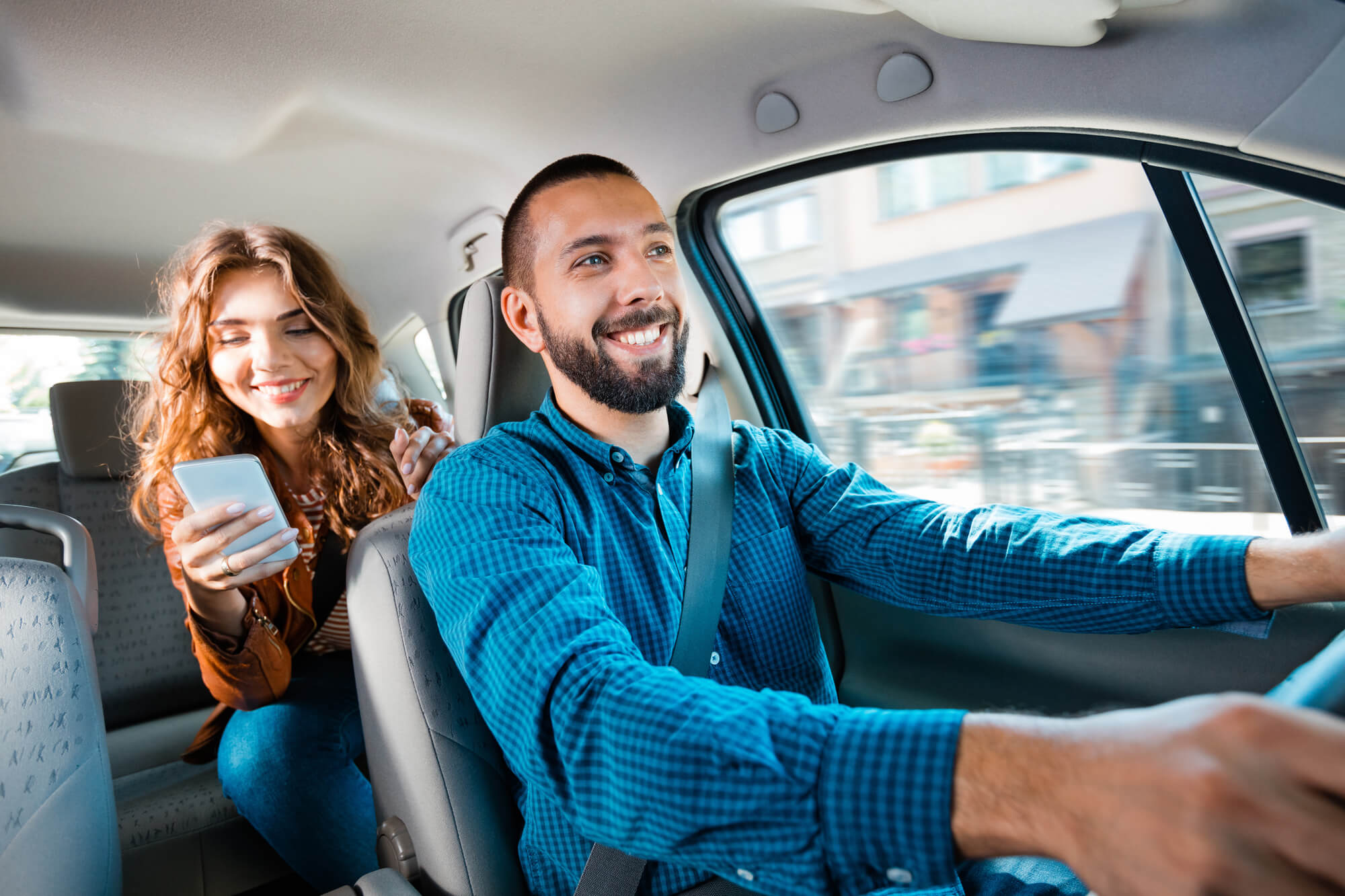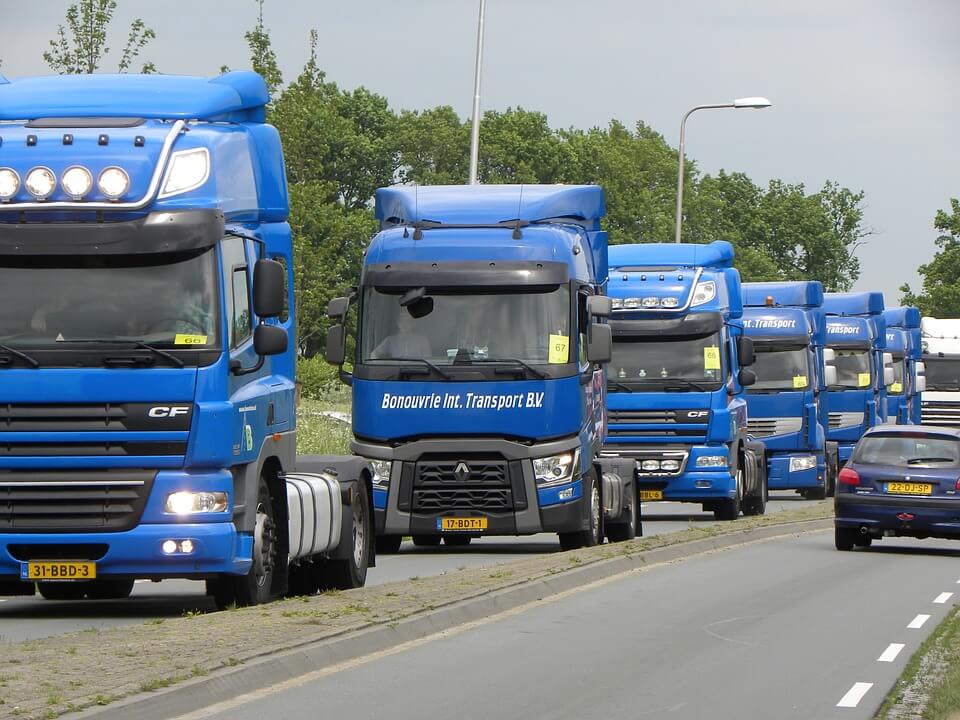At times, there’s nothing quite like hitting the open road and traveling.
However, the open road isn’t all candy and roses. In fact, when things go wrong, the open road can be a truly cruel mistress.
For this reason, you need to keep a few key items in your vehicle at all times. Wondering what these items are? Here are 5 essential things to keep in your car at all times.
Contents
5 Things to Keep in Your Car:
There is no shortage of things you should keep in your vehicle. However, the 5 items discussed below are absolute car necessities.
1. Jumper Cables:
Car batteries can be tricky. While they’re usually fairly reliable, they can give out at just a moment’s notice. For this reason, it’s vital that you always have jumper cables in your vehicle.
While old-school jumper cables can get the job done, you might want to consider buying a jump starter kit. A kit can give your vehicle a jump without the use of a fellow vehicle.
2. Jack:
It’s impossible to know when you’re going to run over something sharp. Even the slightest point can put a puncture in your tire, requiring that you change it immediately.
Because of this, it’s important that you always have a car jack in your car. Find the best floor jack possible now.
3. Flashlight:
You never know where or when your car might break down. It could be in your driveway, but it could also be in the middle of a strange parking lot. It could be during the day, but it could also be during the night.
This is why you’ll want to keep a flashlight in your vehicle at all times. Should you ever experience a breakdown in the dead of night, your flashlight will truly come in handy.
4. First Aid Kit:
Every time you get onto the road, you run the risk of getting into an accident. This is just the reality of driving a vehicle amongst other vehicles.
Should you injure yourself during an accident, you’ll want to be able to patch yourself up quickly. This is why a first aid kit is one of many emergency items to keep in your car.
5. Charger:
In this day and age, a smartphone is an absolute necessity. This is particularly true if you’re driving in your car. After all, you never know when you might have to call up the police, an ambulance, or a tow truck.
Of course, phones die. This is why you need to keep a phone charger in your vehicle. Should your battery get low, you’ll be able to power it up in no time.
In Search of More Life Hacks?
Truthfully, there are far more than 5 things to keep in your car. However, if you, at the very least, have the 5 things reviewed above, you should be able to get yourself out of any potential jam.
In search of more useful life hacks? If so, Content Rally has you covered. Our website contains life hacks on everything from travel to entertainment to technology and more.
Browse some more of our articles now!
Read Also:






















